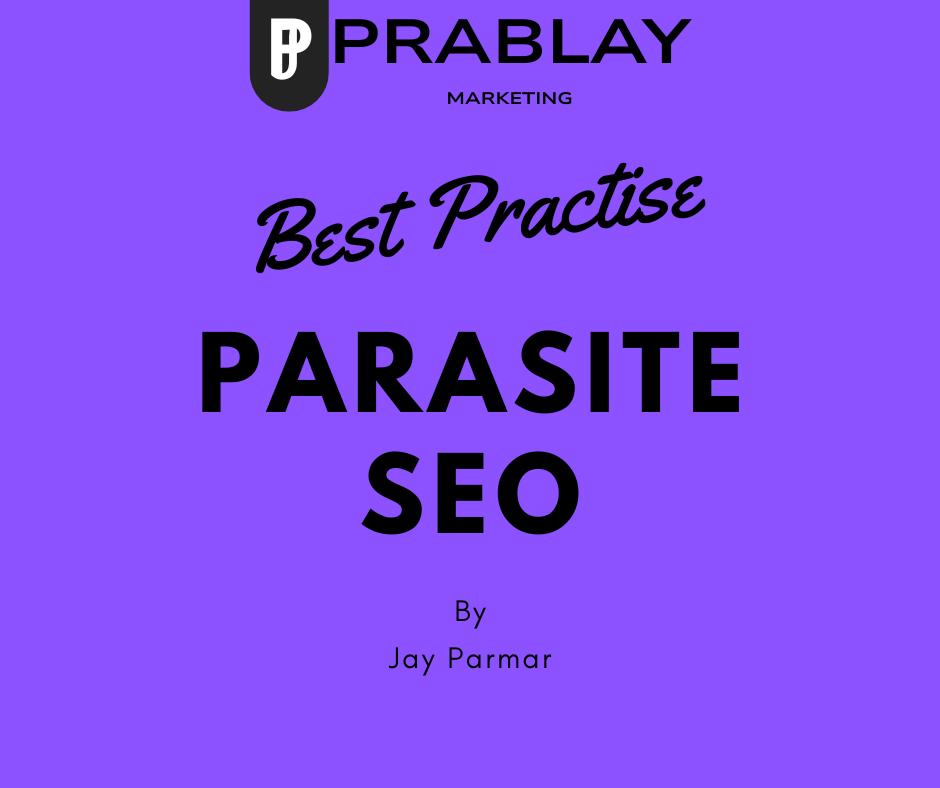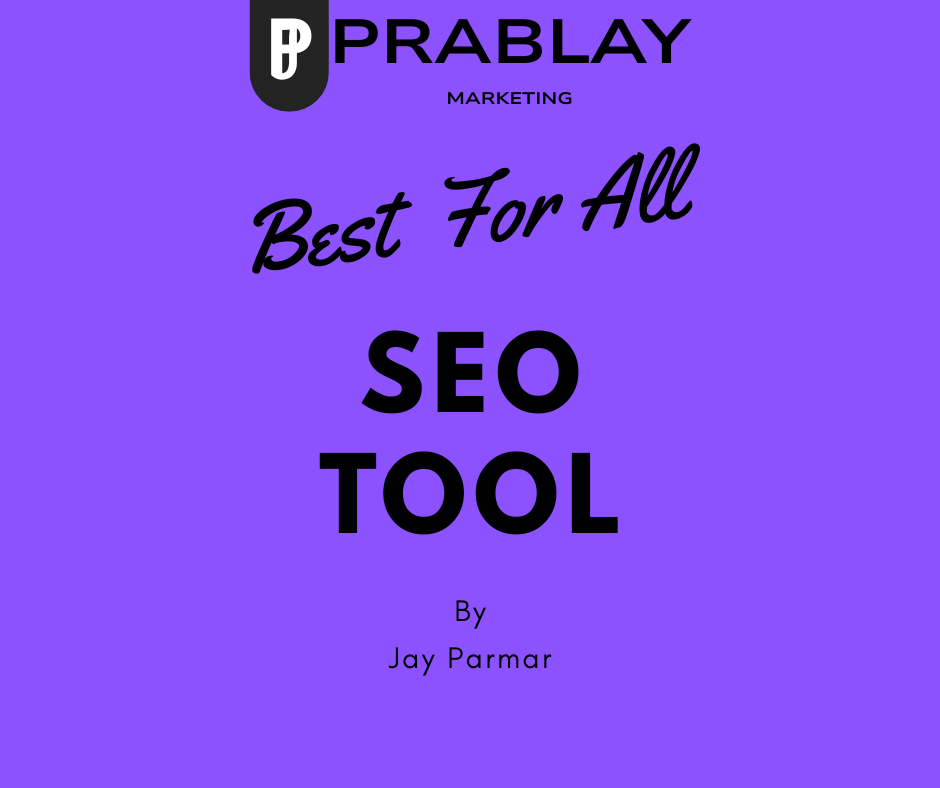Search Engine Optimization (SEO) isn’t just a buzzword—it’s a crucial element for online success in 2025. When your website appears at the top of search engine results like Google, you draw more visitors, build brand authority, and grow your business. With search algorithms getting smarter and competition fierce, mastering SEO—particularly on-page optimization—is more important than ever.
In this comprehensive guide, we’ll demystify modern SEO, break down its three main types, explain on-page optimization, and arm you with actionable tips to supercharge your website’s performance.
What Are the Three Main Types of SEO?
Before we dive into optimization strategies, it’s vital to understand the three foundational pillars of SEO. Each type targets a different area but they all work together to boost your site’s visibility.
1. On-Page SEO
On-page SEO focuses on optimizing individual web pages to rank higher and attract relevant traffic. This includes your visible content (text, images, videos) and the behind-the-scenes HTML elements that search engines use to understand your page.
2. Off-Page SEO
Off-page SEO refers to actions taken outside of your website to increase your rankings. The most significant factor here is building high-quality backlinks from other sites, but it also includes brand mentions, social media signals, influencer partnerships, and more. Off-page SEO demonstrates your site’s authority and popularity to search engines.
3. Technical SEO
Technical SEO is all about optimizing your website’s infrastructure for crawling and indexing. This category includes improving site speed, ensuring mobile-friendliness, securing the site with HTTPS, optimizing XML sitemaps, fixing broken pages, and using schema markup to help search engines understand your content structure.
Synergy is key—by aligning all three types, you create a website that’s discoverable, engaging, and technically sound.
What is On-Page SEO Optimization?
On-page SEO is the art and science of making each web page on your site easily understandable—for both users and search engines. It goes beyond plugging in keywords. Effective on-page optimization ensures your content matches search intent, delivers value, and is supported by a logical, user-friendly structure.
In 2025, Google and other search engines use sophisticated algorithms that prioritize helpful, high-quality content, fast-loading pages, and a great user experience. That means successful on-page SEO merges traditional tactics (like keyword usage) with a deep focus on relevance, clarity, and usability.
Great SEO is about more than just algorithms—it's about creating meaningful, relevant experiences for real people. Every page you optimize is an opportunity to connect, build trust, and help your audience find exactly what they need. Stay curious, keep improving, and always put your users first. Success in SEO is a journey—and we're in it together.
Jay Parmar- Founder & CEO Tweet
Important Elements of On-Page SEO
Let’s break down the most critical on-page SEO elements you need to master this year:
1. Title Tag
The title tag is the clickable headline that appears in search results. It’s the single most powerful on-page element. Craft a concise, relevant, and engaging title that includes your target keyword close to the beginning. For example, “Mastering On-Page SEO in 2025: Essential Elements & Strategies.”
2. Meta Description
While not a direct ranking factor, the meta description appears beneath the title in search results and can significantly impact click-through rates. Write compelling summaries, use a natural tone, and include keywords related to your topic.
3. Header Tags (H1, H2, H3, …)
Headers organize your content, making it easier for both users and search engines to understand the page structure. Use a single, clear H1 for your main topic and logical H2/H3s for supporting points and sections.
4. Content Quality and Relevance
Content reigns supreme. Your writing should be in-depth, original, well-researched, and directly satisfy user intent. Address common questions, provide real value, and update outdated information regularly.
Tip: Google’s E-E-A-T guidelines (Experience, Expertise, Authoritativeness, Trustworthiness) reward content that demonstrates knowledge and credibility.
5. SEO-Friendly URL Structure
Short, descriptive URLs featuring target keywords aid both visitors and search engines.
Bad: www.example.com/page?id=123?
Good: www.example.com/on-page-seo-checklist
6. Internal Linking
Link relevant pages together using descriptive anchor text. This improves site navigation, spreads link equity, and helps search engines map your content.
7. Image Optimization
Optimize images so they load quickly and help Google understand your content context:
- Use descriptive file names and alt text
- Compress images for fast loading
- Use web-optimized formats (e.g., WebP)
8. Mobile Usability
Most web traffic now comes from mobile devices. Your site must be responsive—adapting smoothly to various screen sizes. A mobile-optimized site will not only improve user experience but is also favored by Google’s mobile-first indexing.
9. Page Speed
Fast-loading pages reduce bounce rates and boost rankings. Compress images, use browser caching, minimize unnecessary scripts, and consider a content delivery network (CDN).
10. Crawlability and Indexability
Make sure search engines can access and index your site. Use a clear XML sitemap, robots.txt (without blocking important pages), and correct use of meta robots tags.
Actionable On-Page SEO Checklist for 2025
Ready to optimize your page? Here’s a step-by-step checklist:
- Craft a compelling title tag (60 characters or less, keyword at the start).
- Write a click-worthy meta description (120-155 characters).
- Use a single H1 and descriptive H2s/H3s to structure your content.
- Balance keyword usage—use relevant terms naturally; avoid keyword stuffing.
- Ensure main content clearly answers search intent and provides unique value.
- Create short, clear URLs containing keywords.
- Add internal links to related articles or cornerstone pages.
- Optimize images with descriptive, keyword-rich alt text and compression.
- Test your page on mobile devices for readability and functionality.
- Speed up your website—use Google’s PageSpeed Insights for suggestions.
- Submit an updated XML sitemap and check Google Search Console for crawl errors.
Common On-Page SEO Mistakes (and How to Avoid Them)
- Duplicate title tags and meta descriptions: Each page needs a unique title and summary.
- Ignoring search intent: Writing content that doesn’t satisfy what users are really searching for will hurt your rankings, no matter how “optimized” it is.
- Blocking important pages in robots.txt: Always double-check which sections you’re disallowing.
- Neglecting mobile optimization: A site that’s hard to navigate on phones will lose traffic and rankings.
- Overusing keywords: Keyword stuffing not only turns off readers but could trigger search penalties.
Final Thoughts: Aim for Ongoing Improvement
Search algorithms are constantly evolving. What worked last year may not be enough today. The fundamentals—clear, helpful, fast, and accessible content—remain vital, but staying up to date is key.
Next steps:
- Audit your existing content and on-page elements using the checklist above.
- Fix weak spots and prioritize the user experience alongside technical optimization.
- Consider subscribing to industry newsletters or using SEO tools (like SEMrush, Ahrefs, or Google Search Console) for ongoing monitoring and improvement.
- By consistently applying these on-page SEO best practices, you’ll not only rank higher, but also deliver more value to every visitor—and that’s the real key to sustainable digital success.
Ready to start? Begin with your homepage or top traffic pages, and see how smart on-page SEO can transform your results!




